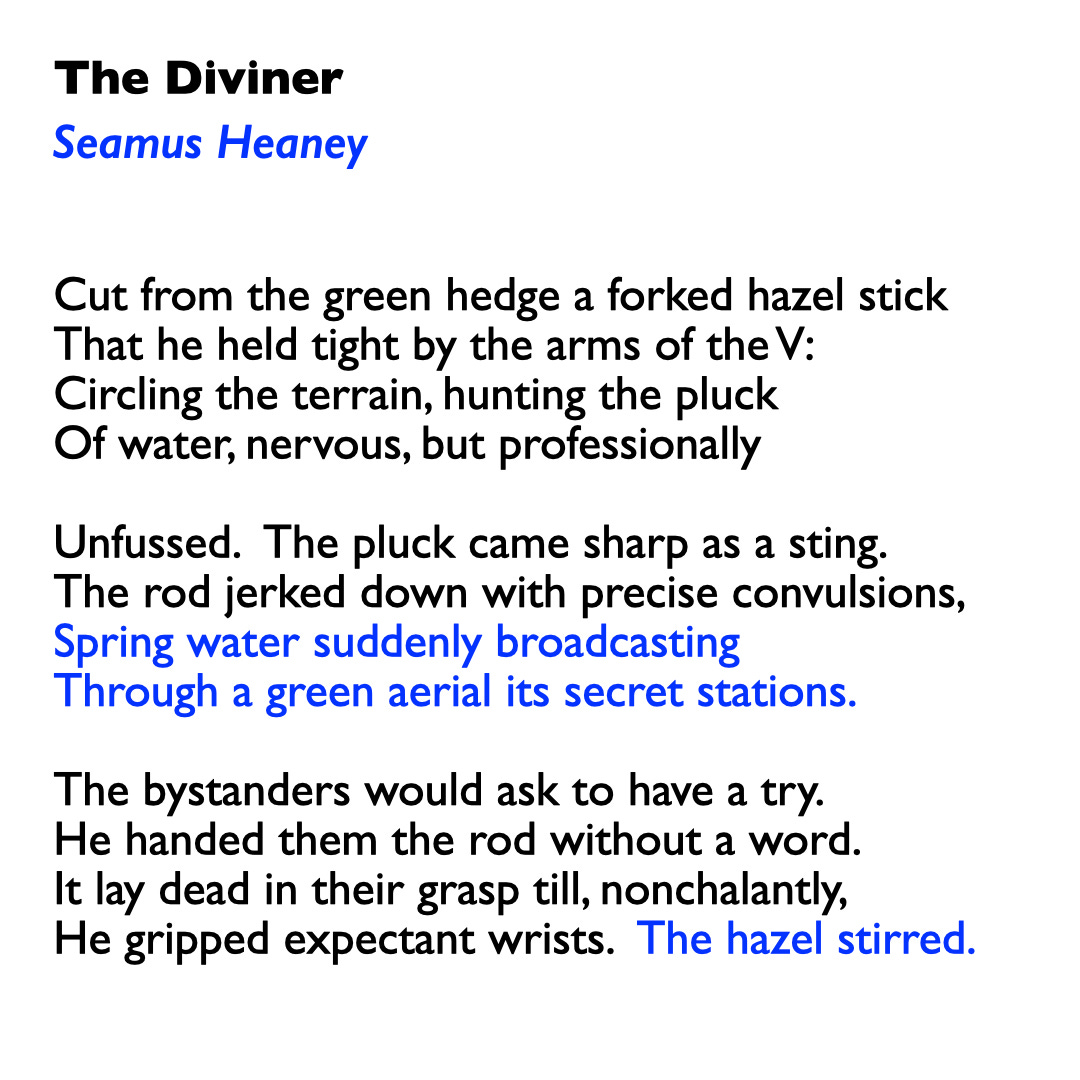I had promised you that I will stay a little longer with EVR’s poems. So consider this post a continuation of what I had begun in the last commentary, with a close reading of his latest collection - ‘Tips for Living in an Expanding Universe’.
Bang in the middle of the tangle of intertwining pathways that is an E. V. Ramakrishnan poem you will find a signboard planted squarely in the wet earth. This is usually an articulation of conscience, of truth. In the poem ‘Avvaiyar in a Haunted Choultry’, EVR adopts Avvaiyar’s voice cautioning the ghost of a princess with the assertion:
“Do not exaggerate, for that way lies fiction.”
The frame that is used, infused with the collision of tradition, poetry and folk narratives allows the shifting persona to explore questions of performance, of language as testimony and lie, of the way a community makes myth of reality, and how strongly it is tied with stereotype and reductive fantasy. Once again the poet adopts the voice of gentle commentator here. As the Classical Tamil poet, Avvaiyar, EVR gives ‘tips’ to a folk character in the emptiness of ruin. He expresses a desire to change the way we look at our gods, and our enigmas, how we make piece with them, and how that process affects their shadows in reality.
The last image in that poem is reminiscent of another poem about a figure infused with the magic of a small community in a village. Even the poet makes reference to this poem in his preface. I find his account of the poem’s construction quite instructive and revealing:
“…I found the shape of the poem after months of struggle when I hit upon this image. I had not read Seamus Heaney then. In any case, in my village I was acquainted with a well known water-diviner who had a legendary status. An image of this kind balances the two worlds I inhabit mentally, my personal past and the inner world of searching questions both of which are brought together through an act of imaginative transgression…”
Let us use this idea of ‘imaginative transgression’, and of using language to hardwire two worlds as a starting point to explore Heaney’s ‘The Diviner’ - a much anthologised classic.
I can say little about this poem that hasn’t already been said. Apart from the careful observation of ‘work’, and the gripping cinematic gaze of Heaney’s pen, I am always struck by the ways in which he is able to channel wonder, with the most minimal of flourishes. He uses rhyme and scansion with practised ease to unroll a skein of metaphors that circle back to the protagonist - the Diviner.
I am particularly fond of poems that frame a person deep in the middle of doing something they love. The figure of the passionate artist performing miracles with the oscillating tendencies of nervous euphoria and quiet fervour, encircled by the reactions of their audience is a juicy one that is filled with possibility and cultural meaning. When I finish reading such poems, I always automatically end up replacing the artist with the poet who is writing about them, birthing his own miracle.
P.S. You can read Seamus Heaney’s ‘Writer and Teacher’ along with the commentary on Poetly here.
If you like what you read, do consider ‘buying me a coffee’.
(Matlab, if you can’t, that’s also fine, obviously. This is a free newsletter)
Note: Those, not in India, who’d like to support the work I do at Poetly, do write to me - poetly@pm.me.
Spread the word, and forward this to your loved ones. Subscribe if you are seeing this anywhere else, other than in your inbox.







